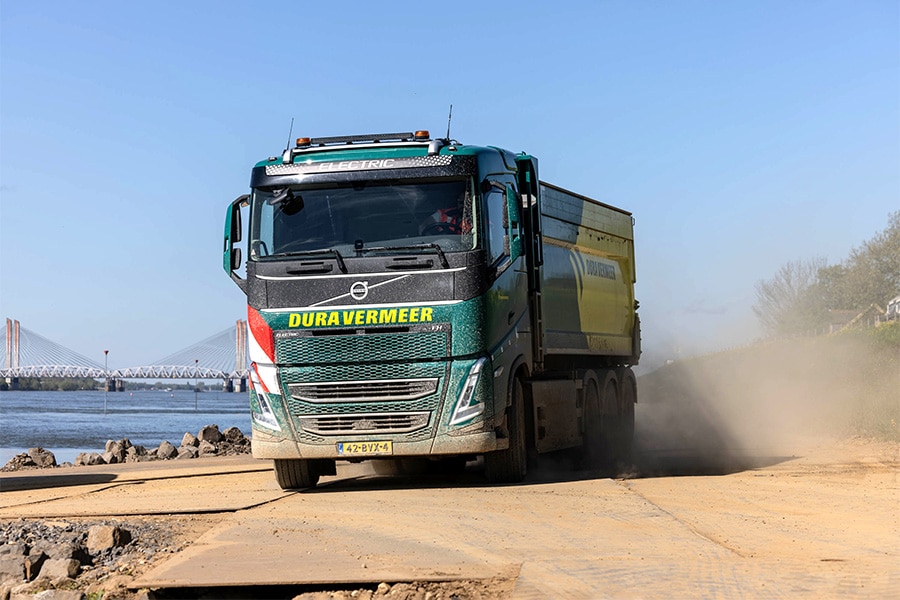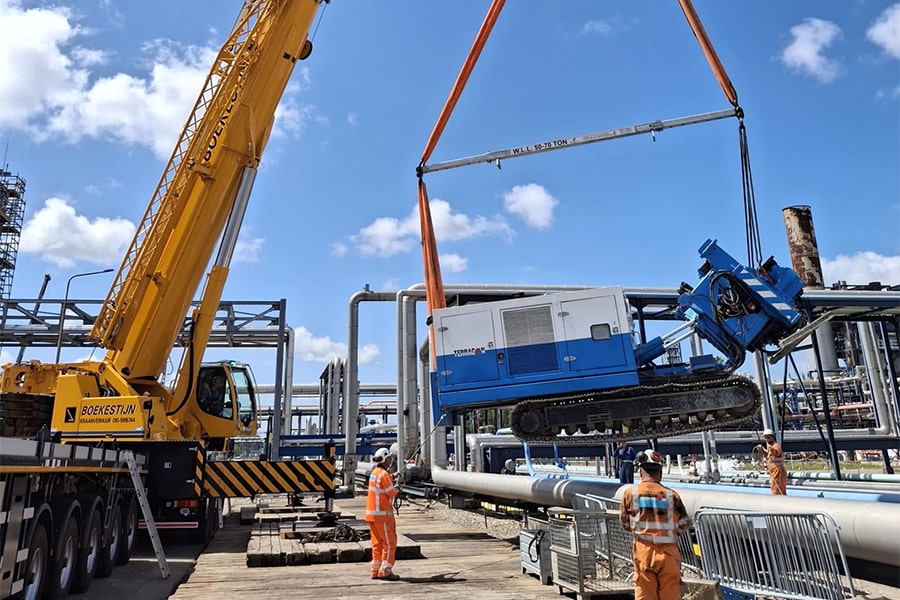
Extracting value from geographic data
Every position on earth has a particular context. By directly using Geographic Information Systems (GIS) in spatial developments, possible risks and the potential of an area become immediately visible. Tensing makes Data Integration Technology and Geographic Information Systems (GIS) accessible and applicable. Using practical examples, Xander den Duijn explains the added value.
Man is simply visual
For over thirty years, Tensing has been a knowledge leader at the intersection of data and spatial information. "Never before has there been so much need for GIS," begins Den Duijn. "The Netherlands is a densely built-up country. Infra contractors therefore always have to deal with some context, either above or below ground level, such as cables & pipes in the subsurface. To immediately get a complete picture of the risks and potential of an area, GIS information is indispensable. Moreover, it offers great advantages in communication with stakeholders. After all, people are visually oriented and prefer to look at a real representation of reality rather than a table or technical drawing."

Xander den Duijn, Location BI Consultant at Tensing. (Image: Levin den Boer)
Provide context to the information
"GIS information is very valuable throughout the development process," Den Duijn continued. He has an example. "For BAM Infra, we are involved in the realization of a new tunnel from Tensing. GIS was used to map both the existing situation and the future one, with the design in various stages. Both in 2D and 3D. By mapping, you provide context to the information." Another example. For Heijmans, Tensing developed tooling for inspections of waterworks, such as bridges and locks. "By combining various applications from the ESRI platform (such as Collector, Survey123 and ArcGIS Online) and FME, the entire work process was supported. With the push of a button, all inspection data was collected and available to all users. This saves an enormous amount of time and costs."
Saving time and costs
In addition to working for market parties, such as large (infrastructure) contractors, Tensing also works extensively for governments, municipalities and parties such as Schiphol Airport, Rijkswaterstaat and ProRail. "For example, we contributed to the Object Type Library Spoor (OTL) for ProRail. ProRail manages an awful lot of data, spread throughout the Netherlands. To make the exchange of that data as simple and unambiguous as possible, it is important that the same 'language' is spoken. Exchanging data in a standardized way prevents information loss. Another form of extracting value from data," Den Duijn concludes.
In short, by processing data in a Geographic Information System, you get better insight into the potential and risks of an area and save significant time and costs during the project. It provides a grip on the process and streamlines work processes.




